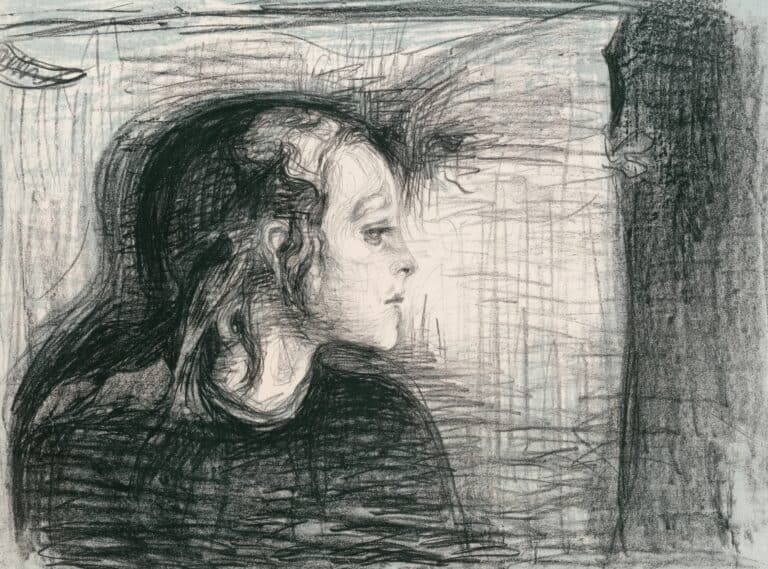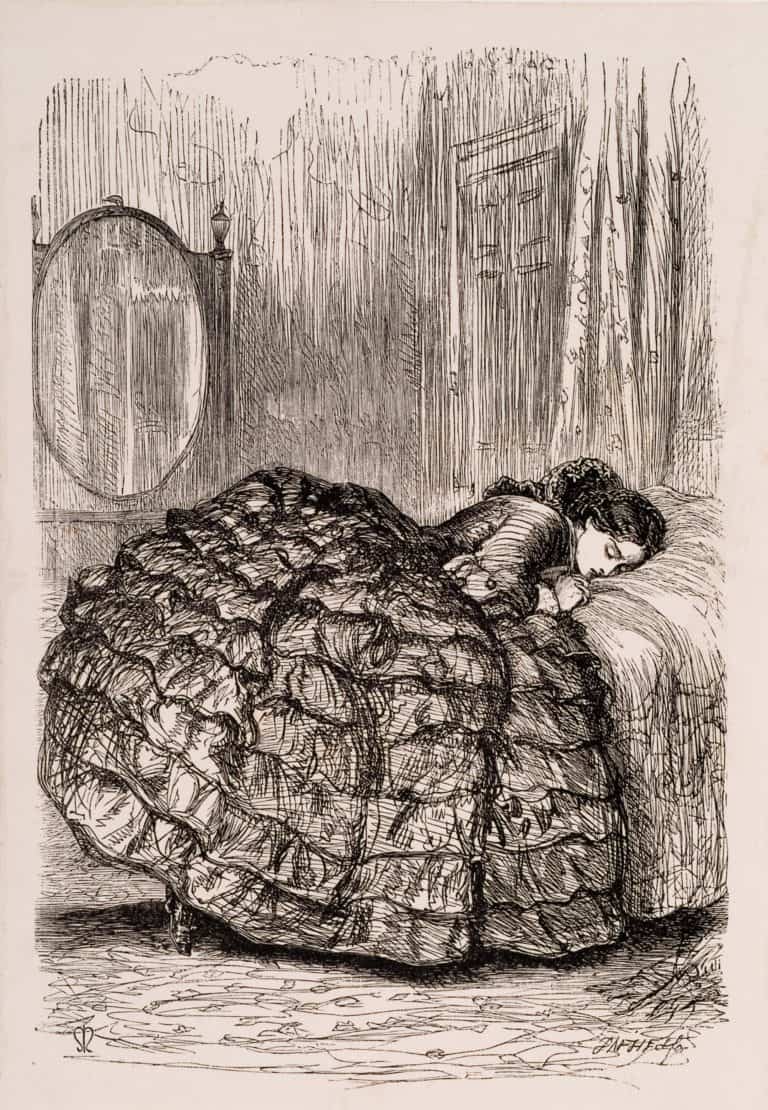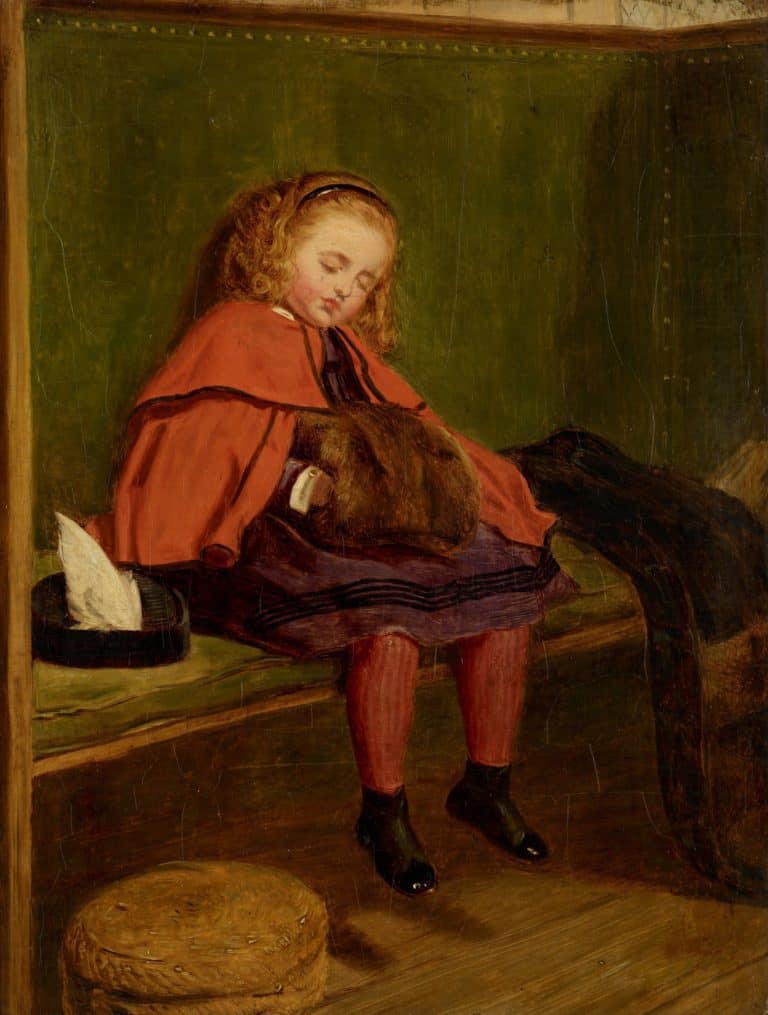What Are The 4 Types Of OCD?

In my culture we have a saying that goes like this “ المصائب لا تأتي فرادى” which means that Misfortunes do not come singularly. Ever had a bad day that kept on getting worse and worse? Everything that could go wrong actually does go wrong? Yeah, we have all been there. It wasn’t enough for the disorder to have one dimension, so instead destiny provided the world with a collection of types and an abundance of subtypes of OCD. So, what are the 4 types of OCD?
“The worst part about having a mental illness is people expect you to behave as if you don’t.”
– Joker
Since Obsessive Compulsive Disorder comes in a myriad of different forms, scientists grouped all types and subtypes of OCD under 4 unique pillars. These four foundational types consist of contamination, perfection, doubt and intrusive thoughts respectively.
Now let’s discuss what are the 4 types of OCD, how to deal with them & why are they the most “common” ones out there.
This post is all about The 4 Types Of OCD.
What Is OCD?
Obsessive-compulsive disorder (OCD) is a mental health disorder that creates doubts and disbelief in everyday life. Obsessions and Compulsions are the most common elements that formulate OCD. Obsessions are the undesirable thoughts and images that occur frequently over a period of time.
These Obsessions create anxiety and distress to a person diagnosed with OCD. Compulsions are the actions and efforts that a sufferer of OCD feels the need to perform over and over again in hope to find relief. Obsessions cause anxieties, Compulsions provide temporary relief of stress.
Related Article(s) – Intrusive Thoughts In OCD.
What Are The 4 Types of OCD?
Think of OCD as bacteria/pathogens, there are an infinite amount of them in the environment. Some can be seen, while others remain hidden. OCD types can be viewed the same way.
There are numerous amounts out there, differentiated between mild and severe symptoms.
Based on numerous studies throughout the years, scientists have broken down and categorized the majority of OCD types into four fundamental groups. These four groups include Contamination, Perfectionism, Doubt and lastly intrusive Thoughts, respectively.
Contamination OCD equates to the most common type found in people suffering with OCD. About 30% of people with OCD have contamination as their primary fear.
Contamination OCD
Contamination OCD, also known as OCD with a primary focus on contamination, is a subtype of obsessive-compulsive disorder (OCD). OCD is a mental health condition characterized by the presence of obsessions and compulsions that significantly impact a person’s daily life.
In contamination OCD, individuals experience intense and irrational fears of being contaminated by germs, dirt, chemicals, or other substances. They may believe that these contaminants pose a severe threat to their health or the health of others.
The obsessions associated with contamination OCD typically involve persistent and intrusive thoughts about contamination, such as:
- Fear of touching objects or surfaces that may be contaminated.
- Fear of contracting serious illnesses or diseases.
- Concerns about spreading contaminants to others.
- Excessive worry about personal hygiene and cleanliness.
These obsessive thoughts lead to the development of compulsions or repetitive behaviors that are performed to alleviate anxiety and prevent the perceived contamination.
Common compulsions in contamination OCD include:
- Excessive handwashing or cleaning rituals.
- Avoidance of public places or situations perceived as unclean.
- Repeated checking behaviors to ensure cleanliness or lack of contamination.
- Use of gloves, masks, or other protective measures beyond what is necessary.
The cycle of contamination OCD involves the obsessions triggering anxiety and distress, leading to the performance of compulsions to reduce the anxiety temporarily.
However, this relief is short-lived, and the obsessions return, reinforcing the need to engage in compulsive behaviors. Over time, this pattern can significantly disrupt a person’s life and impair their ability to function normally.
Contamination OCD can cause significant distress, interfere with daily activities, and negatively impact relationships, work, and overall quality of life. It is important to note that OCD is a complex condition, and contamination is just one possible manifestation.
Other subtypes of OCD may involve different themes, such as symmetry, hoarding, or intrusive thoughts related to harm.
If you or someone you know is experiencing symptoms of contamination OCD or any other mental health condition, it is essential to seek professional help from a mental health provider. They can provide an accurate diagnosis and develop an appropriate treatment plan tailored to the individual’s needs.
Enhance your knowledge of OCD and checkout our must read OCD books list!
Examples Of Contamination OCD
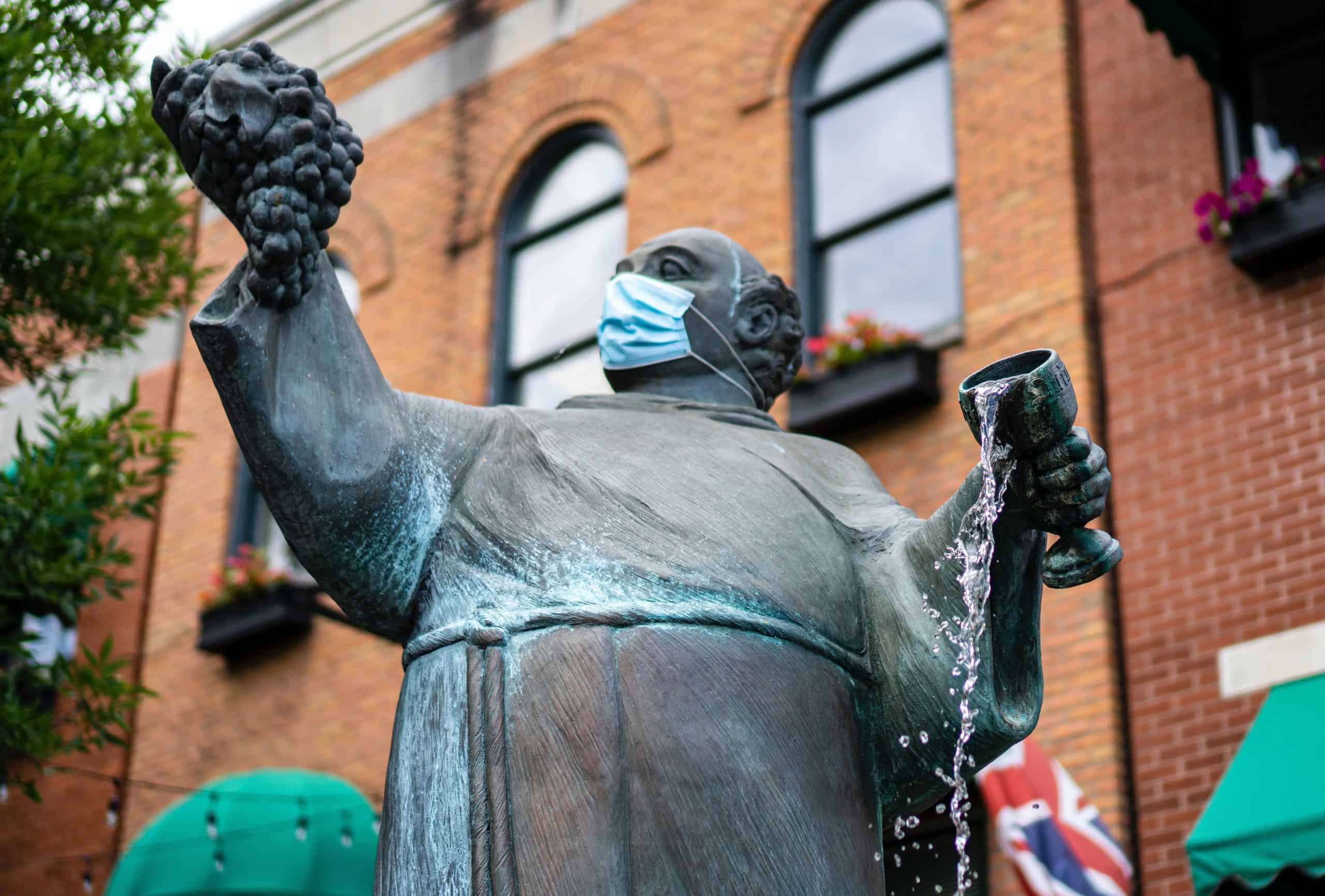
Excessive fear of germs
The individual may have an intense fear of germs and believe that even minor exposure can lead to severe illness. They might avoid touching doorknobs, public surfaces, or other objects they perceive as dirty. They may engage in excessive handwashing or use hand sanitizers repeatedly to eliminate perceived contamination.
Contamination through bodily fluids
Individuals with this obsession may fear coming into contact with bodily fluids, such as saliva, blood, or urine. They may avoid situations where they could potentially encounter such fluids or develop rituals to prevent contamination, such as wearing gloves or avoiding specific places or objects associated with bodily fluids.
Fear of contamination from chemicals
Some individuals with contamination OCD may obsessively fear exposure to chemicals or toxins. They may worry about contamination through household cleaners, pesticides, or industrial substances. They might engage in elaborate cleaning rituals or avoid environments they believe could be contaminated by these substances.
Concerns about contamination spreading
Individuals may experience obsessive thoughts about spreading contamination to others. They may fear unintentionally infecting family members, friends, or strangers. As a result, they may avoid physical contact, limit social interactions, or engage in extensive cleaning rituals to prevent the spread of contamination.
Obsession with personal cleanliness
Some individuals with contamination OCD may have an intense focus on personal hygiene and cleanliness. They may spend excessive amounts of time showering, brushing their teeth, or engaging in grooming rituals to ensure they are free from contamination. They may also have strict rules regarding cleanliness, such as specific clothing or washing rituals that must be followed.
It’s important to note that the specific obsessions and compulsions can vary from person to person, and individuals with contamination OCD may experience a combination of these examples or other related concerns.
What Are You Waiting For? – Download Your FREE OCD Worksheets Now!
Perfectionism OCD
Perfectionism OCD, also known as obsessive-compulsive personality disorder (OCPD) or simply perfectionistic OCD, is a subtype of obsessive-compulsive disorder (OCD) characterized by an excessive need for perfection, orderliness, and control. It involves persistent thoughts and behaviors focused on achieving an ideal standard and fear of making mistakes or falling short of expectations. While related to OCD, perfectionism OCD primarily revolves around perfectionistic traits and is distinct from other OCD subtypes like contamination or checking OCD.
People with perfectionism OCD may experience the following symptoms:
Excessive concern about making mistakes
Individuals may have an intense fear of making errors, even in minor or inconsequential tasks. They may engage in overchecking or repetitive behaviors to ensure perfection and minimize the chance of making a mistake.
Persistent doubts and indecisiveness
Perfectionism OCD often leads to constant doubts about one’s choices or actions. Individuals may feel overwhelmed by the need to make the “perfect” decision, resulting in difficulty making choices or taking an excessive amount of time to complete tasks.
Excessive orderliness and organization
There is a strong desire for everything to be perfectly arranged and organized. Individuals may spend significant time and effort arranging objects, aligning items symmetrically, or obsessing over minor imperfections until they meet their standards.
Overemphasis on details
People with perfectionism OCD may excessively focus on details, often losing sight of the bigger picture. They may spend excessive time on trivial matters, striving for precision and accuracy in every aspect of their work or personal life.
Self-critical thoughts
Individuals with perfectionism OCD often have a harsh inner critic and engage in negative self-talk. They may berate themselves for any perceived shortcomings or mistakes, even if they are minor. These self-critical thoughts can lead to increased anxiety, low self-esteem, and a persistent sense of dissatisfaction.
Perfectionism OCD can significantly impact daily life and cause distress and impairment. The constant pursuit of perfection can lead to significant stress, frustration, and an inability to meet self-imposed standards. Relationships may be strained as individuals become overly critical of themselves and others. The rigid need for perfection can also limit spontaneity and flexibility, hindering productivity and enjoyment in various areas of life.
If you or someone you know is struggling with perfectionism OCD or any other mental health concern, it is crucial to seek professional help from a qualified mental health provider who can provide an accurate diagnosis and develop an appropriate treatment plan.
Examples of Perfectionism OCD

Excessive need for symmetry and order
Individuals with perfectionism OCD may obsess over achieving perfect symmetry and orderliness. They may spend excessive amounts of time arranging objects, aligning them perfectly, or ensuring that everything is in its proper place. They may feel extreme distress if things are not arranged according to their specific standards.
Excessive focus on details
People with perfectionism OCD may become overly fixated on minor details, often losing sight of the bigger picture. They may spend an excessive amount of time proofreading or editing documents, checking and rechecking for any errors or imperfections, even if the task has already been completed to a high standard.
Fear of making mistakes
Individuals with perfectionism OCD may have an intense fear of making mistakes, regardless of the significance of the task. They may engage in repetitive behaviors such as reviewing work multiple times, seeking reassurance from others, or excessively seeking validation to ensure that their work is error-free.
Excessive self-criticism
Perfectionism OCD often involves a harsh inner critic, where individuals are overly self-critical and unforgiving of any perceived flaws or mistakes. They may constantly judge themselves harshly and feel inadequate, even when others see their work as excellent. This self-critical thinking can lead to significant distress and a constant need to strive for unattainable perfection.
Extreme attention to productivity
People with perfectionism OCD may have an obsession with productivity and accomplishment. They may feel driven to be constantly productive, setting impossibly high standards for themselves and feeling anxious or guilty when they are not actively engaged in tasks or achieving their goals. They may struggle to relax or enjoy leisure time due to the constant pressure to be productive.
It’s important to note that the specific obsessions and compulsions can vary from person to person, and individuals with perfectionism OCD may experience a combination of these examples or other related concerns. Additionally, perfectionism OCD is not limited to the examples provided above and can manifest in various other ways, depending on the individual and their specific patterns of thought and behavior.
Related Article(s) – OCD Ordering And Arranging
Doubt OCD

Doubt OCD, also known as obsessive-compulsive disorder with a primary focus on doubt or uncertainty, is a subtype of obsessive-compulsive disorder (OCD). It is characterized by persistent and intrusive doubts that cause significant distress and lead to repetitive behaviors or mental rituals aimed at reducing uncertainty. Doubt OCD revolves around excessive doubts and a need for certainty, even in situations where uncertainty is normal or appropriate.
Individuals with doubt OCD may experience the following symptoms:
Persistent and intrusive doubts
They may have recurring doubts about everyday decisions, actions, or situations. These doubts can range from trivial matters to more significant life choices. Examples include doubts about locking doors, turning off appliances, making the right decision, or harming others accidentally.
Excessive need for reassurance
Individuals with doubt OCD often seek reassurance from others or repeatedly seek information to alleviate their doubts. They may repeatedly ask for reassurance, check with others for validation, or research extensively to find certainty about their doubts. However, this reassurance-seeking behavior often provides only temporary relief and reinforces the need for certainty.
Mental rituals and analysis
Doubt OCD may involve mental rituals or excessive analysis of thoughts, memories, or situations. Individuals may engage in rumination, replaying scenarios in their minds, or endlessly analyzing past events to find evidence that supports or dismisses their doubts. This mental rumination can be time-consuming and mentally exhausting.
Difficulty making decisions
People with doubt OCD often find it challenging to make decisions due to an intense fear of making the wrong choice. They may feel paralyzed by the fear of uncertainty, constantly seeking guarantees or reassurances before making even minor decisions.
Sensitivity to uncertainty
Doubt OCD is characterized by a heightened sensitivity to uncertainty. Individuals may have an intense discomfort with ambiguity or situations where outcomes are not entirely predictable. They may strive to control and eliminate uncertainty, leading to repetitive behaviors or rituals to minimize doubt and increase feelings of certainty.
The cycle of doubt OCD typically involves the obsessions triggering anxiety and distress, which leads to the performance of compulsions or mental rituals aimed at reducing uncertainty. However, this relief is short-lived, and the doubts return, reinforcing the need for continued rituals and perpetuating the cycle of doubt and anxiety.
If you or someone you know is struggling with doubt OCD or any other mental health condition, it is essential to seek professional help from a mental health provider. They can provide an accurate diagnosis and develop an appropriate treatment plan tailored to the individual’s needs.
Related Article(s) – OCD In Children
Examples Of Doubt OCD
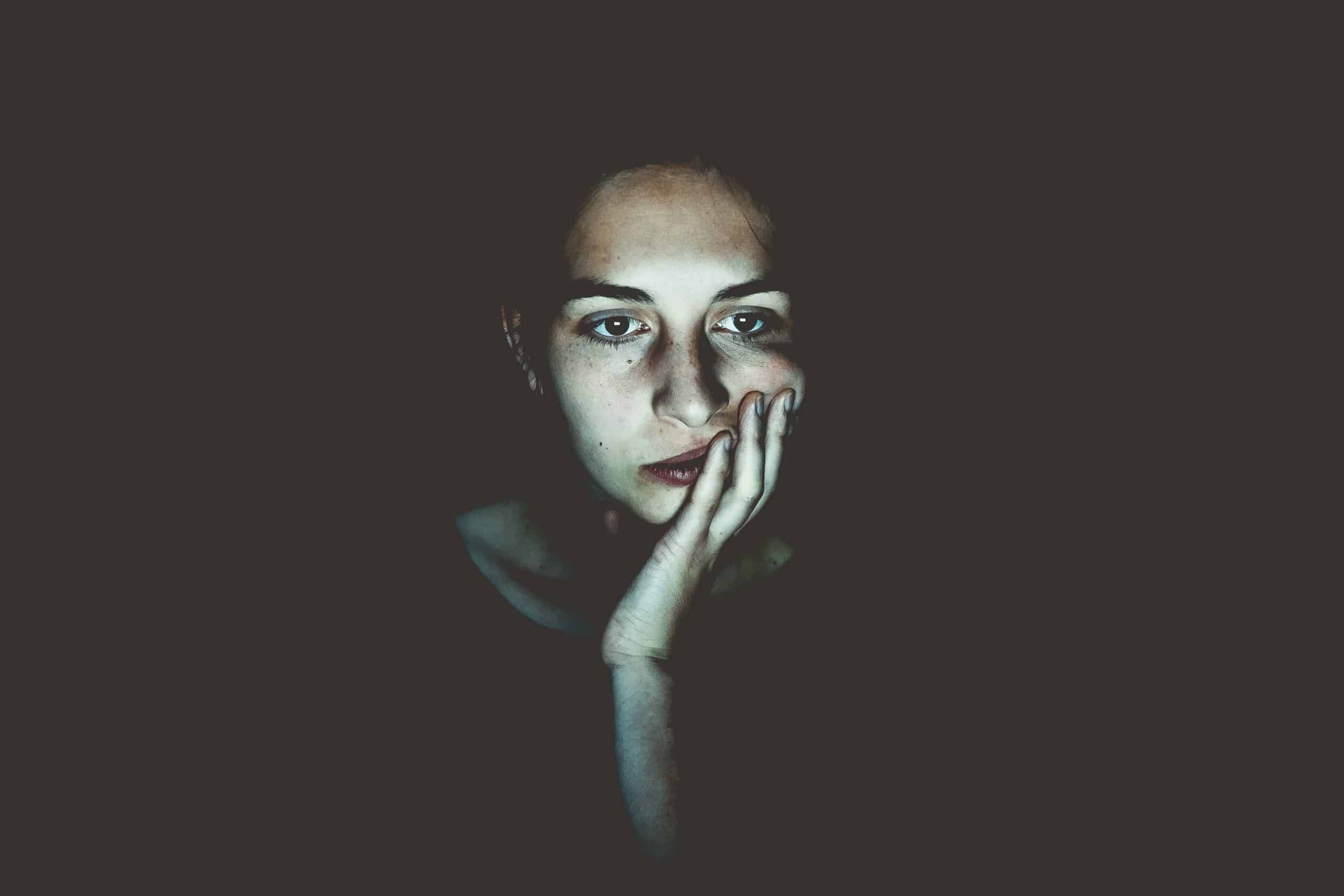
Constant uncertainty about safety
Individuals with doubt OCD may have persistent doubts about their safety or the safety of others. They may repeatedly check locks, appliances, or other safety measures to ensure that they are secure, even after already confirming their status multiple times. The doubt and need for certainty persist despite evidence to the contrary.
Inability to trust decisions
People with doubt OCD may constantly second-guess their decisions, regardless of their significance. They may struggle to make choices, fearing that they will make the wrong decision and face negative consequences. This doubt can manifest in simple decisions like choosing what to wear or more complex decisions like career choices or relationships.
Constant need for reassurance
Doubt OCD often involves seeking reassurance from others. Individuals may repeatedly ask for validation, seek opinions, or ask others to confirm their thoughts, actions, or decisions. They rely heavily on external reassurance to reduce their doubts temporarily, but the need for reassurance persists.
Mental rumination and analysis
Doubt OCD can lead to excessive mental rumination and analysis. Individuals may find themselves endlessly replaying scenarios in their minds, analyzing every detail, and searching for evidence to either support or dismiss their doubts. This rumination and analysis can become obsessive and time-consuming.
Persistent doubts about morality or ethics
Some individuals with doubt OCD may experience persistent doubts about their morality or ethics. They may obsess over whether their actions are morally acceptable, fearing that they may inadvertently harm others or act inappropriately. These doubts can lead to excessive self-scrutiny, seeking reassurance, or avoiding situations that trigger moral uncertainty.
It’s important to note that the specific obsessions and compulsions can vary from person to person, and individuals with doubt OCD may experience a combination of these examples or other related concerns. Additionally, doubt OCD can manifest in various other ways, depending on the individual and their specific patterns of thought and behavior.
Related Article(s) – Can Art Therapy Help OCD?
Intrusive Thoughts In OCD
According to a study published in 2014, intrusive thoughts could actually be widespread among the population greater than you may think. A new study found that more than 94 percent of people have unwanted, intrusive thoughts and impulses.
Intrusive thoughts are unwanted, distressing, and involuntary thoughts, images, or urges that enter a person’s mind without their intention or control. These thoughts are often repetitive, intrusive, and inconsistent with the person’s values or beliefs, causing significant distress, anxiety, or guilt.
It is important to note that intrusive thoughts are a common occurrence and can be experienced by many individuals without having a mental health disorder. However, in some cases, intrusive thoughts can be associated with certain mental health conditions, such as obsessive-compulsive disorder (OCD), anxiety disorders, depression, or post-traumatic stress disorder (PTSD).
The characteristics of intrusive thoughts include:
Unwanted nature
Intrusive thoughts are typically unwanted and distressing. The person may find the thoughts to be intrusive, disturbing, or inappropriate, and they may feel ashamed or guilty for having them.
Lack of control
Individuals experiencing intrusive thoughts often feel powerless over the occurrence of these thoughts. They may try to suppress or dismiss them, but this often leads to an increase in their frequency or intensity.
Persistence
Intrusive thoughts can be persistent and difficult to shake off. They can resurface repeatedly and may occur in various contexts or situations, causing ongoing distress and preoccupation.
Variability
Intrusive thoughts can vary in content and form, ranging from violent or aggressive thoughts, taboo or sexual thoughts, thoughts of harm or danger to oneself or others, or even blasphemous or morally repugnant thoughts. The specific content of intrusive thoughts can be influenced by personal experiences, fears, or anxieties.
It is important to emphasize that having intrusive thoughts does not mean a person will act on them or that they reflect their true desires or intentions. Intrusive thoughts are a product of the brain’s normal cognitive processes, and the distress they cause is often due to the significance and emotional weight given to them.
When intrusive thoughts become excessive, distressing, and significantly impairing one’s daily life, it is recommended to seek professional help from a mental health provider. Treatment options, such as cognitive-behavioral therapy (CBT), medication, or a combination of both, can be effective in managing intrusive thoughts and reducing associated distress.
Related Article(s) – How to Help Someone With Obsessive Thoughts
Examples Of Intrusive Thoughts In OCD

Violent or aggressive thoughts
This can include thoughts of physically harming oneself or others, even though the person has no intention or desire to act on these thoughts. These thoughts can be distressing and cause significant anxiety or guilt.
Sexual or taboo thoughts
Intrusive sexual thoughts may involve explicit or inappropriate sexual images or fantasies that go against the person’s values or beliefs. These thoughts can be distressing and create feelings of shame or embarrassment.
Some individuals may experience intrusive thoughts about contamination or germs. They may have an overwhelming fear of getting sick or being contaminated by harmful substances, leading to excessive worry, avoidance behaviors, or compulsive cleaning rituals.
Intrusive thoughts about morality or harm
These thoughts involve concerns about morality, ethics, or causing harm to oneself or others. The person may have intrusive thoughts about being responsible for accidents, hurting loved ones, or engaging in morally wrong actions, even though they have no intention or desire to act on these thoughts.
Intrusive thoughts about illness or death
Some individuals may experience intrusive thoughts related to illness, death, or their own mortality. They may have distressing thoughts about contracting a serious illness, dying prematurely, or the deaths of loved ones, causing significant anxiety and fear.
It is important to remember that intrusive thoughts are a relatively common occurrence and do not necessarily indicate a mental health disorder. However, if these thoughts become excessive, distressing, or significantly interfere with daily functioning, it may be helpful to seek support from a mental health professional who can provide appropriate evaluation and guidance for managing intrusive thoughts.
Related Article(s) – Intrusive Thoughts In OCD
Final Thoughts
In conclusion, intrusive thoughts and OCD-related subtypes such as contamination OCD, perfectionism OCD, and doubt OCD can significantly impact individuals’ daily lives and well-being. These manifestations of OCD are characterized by distressing obsessions and compulsions that lead to repetitive behaviors, excessive doubts, and a constant need for reassurance or certainty.
Contamination OCD involves persistent fears of contamination, leading to compulsive cleaning or avoidance behaviors. Perfectionism OCD revolves around an excessive need for perfection, orderliness, and control, often resulting in self-critical thoughts and behaviors. Doubt OCD is characterized by intrusive doubts and an intense need for certainty, leading to repetitive reassurance-seeking or mental rituals.
Understanding these OCD subtypes and their associated symptoms can help individuals recognize their experiences and seek appropriate professional help. Treatment options such as cognitive-behavioral therapy (CBT), medication, or a combination of both can be effective in managing the symptoms and improving quality of life.
It is essential to remember that intrusive thoughts are a common occurrence and not necessarily indicative of a mental health disorder. However, when intrusive thoughts become excessive, distressing, or significantly impair daily functioning, seeking support from a mental health professional is crucial.
By seeking help, individuals can gain insight into their experiences, learn coping strategies, and work towards managing the distressing symptoms associated with OCD and intrusive thoughts. With proper support and treatment, it is possible to regain control, reduce the impact of intrusive thoughts, and improve overall well-being.
What do you think about the 4 types of OCD mentioned above? Is there other types out there? What are your personal experiences with OCD?
This post was all about The 4 Types Of OCD.

